The 54th annual DAC event is fast approaching, so I hope to see many of you in Austin on June 18-21. The phrases Machine Learning and AI are growing in all areas of software, so I’m glad to see it appearing in more EDA tool offerings over the past year or so. One company that I plan to visit at DAC is Platform Design Automation because… Read More
 Ceva Unleashes Wi-Fi 7 Pulse: Awakening Instant AI Brains in IoT and Physical RobotsIn the rapidly evolving landscape of connected devices,…Read More
Ceva Unleashes Wi-Fi 7 Pulse: Awakening Instant AI Brains in IoT and Physical RobotsIn the rapidly evolving landscape of connected devices,…Read More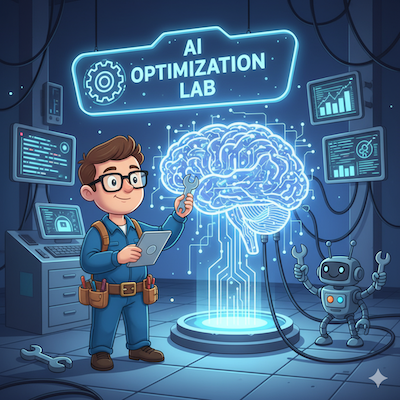 Adding Expertise to GenAI: An Insightful Study on Fine-TuningI wrote earlier about how deep expertise, say…Read More
Adding Expertise to GenAI: An Insightful Study on Fine-TuningI wrote earlier about how deep expertise, say…Read More EDA Has a Value Capture Problem — An Outsider’s ViewBy Liyue Yan (lyan1@bu.edu) Fact 1: In the…Read More
EDA Has a Value Capture Problem — An Outsider’s ViewBy Liyue Yan (lyan1@bu.edu) Fact 1: In the…Read More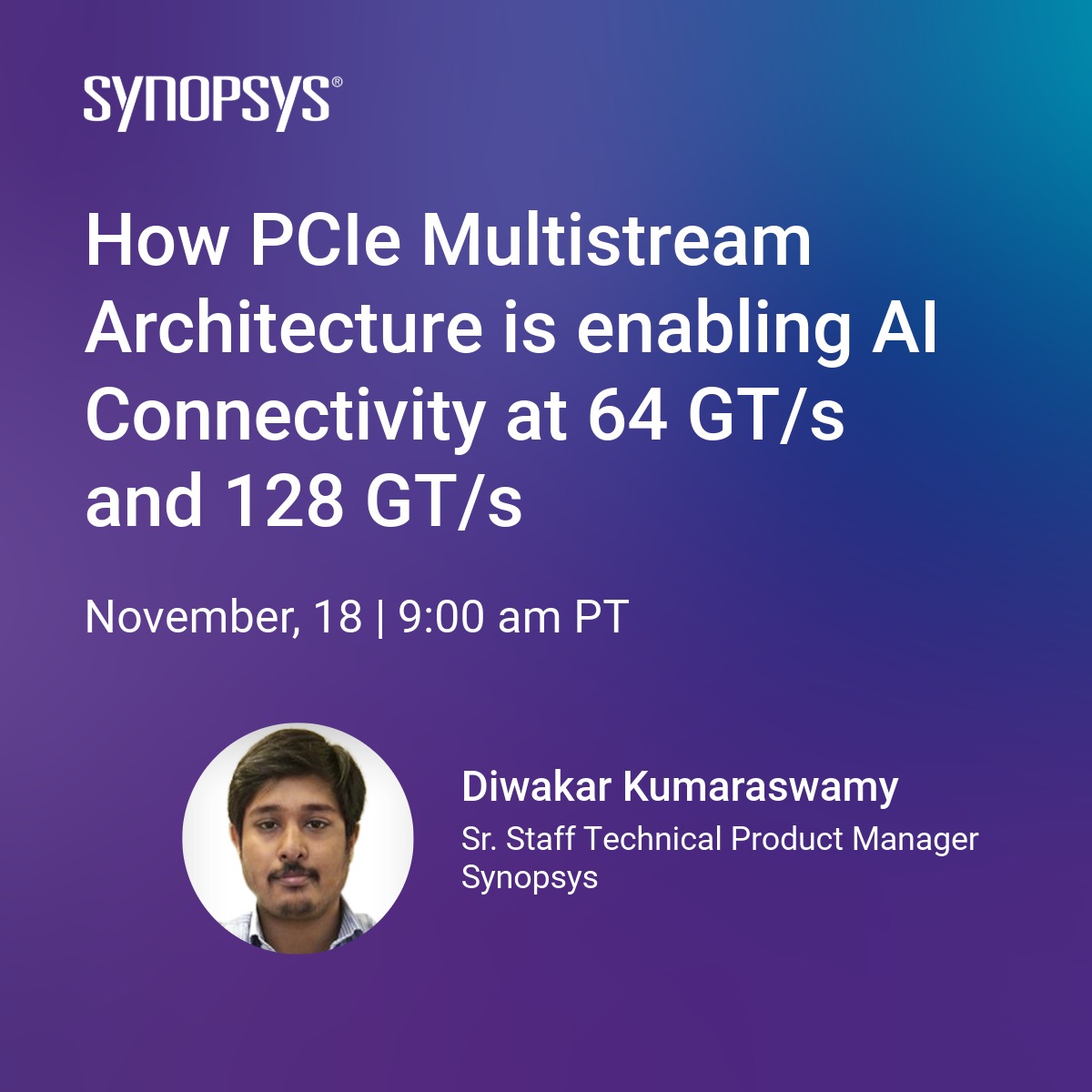 WEBINAR: How PCIe Multistream Architecture is Enabling AI ConnectivityIn the race to power ever-larger AI models,…Read More
WEBINAR: How PCIe Multistream Architecture is Enabling AI ConnectivityIn the race to power ever-larger AI models,…Read More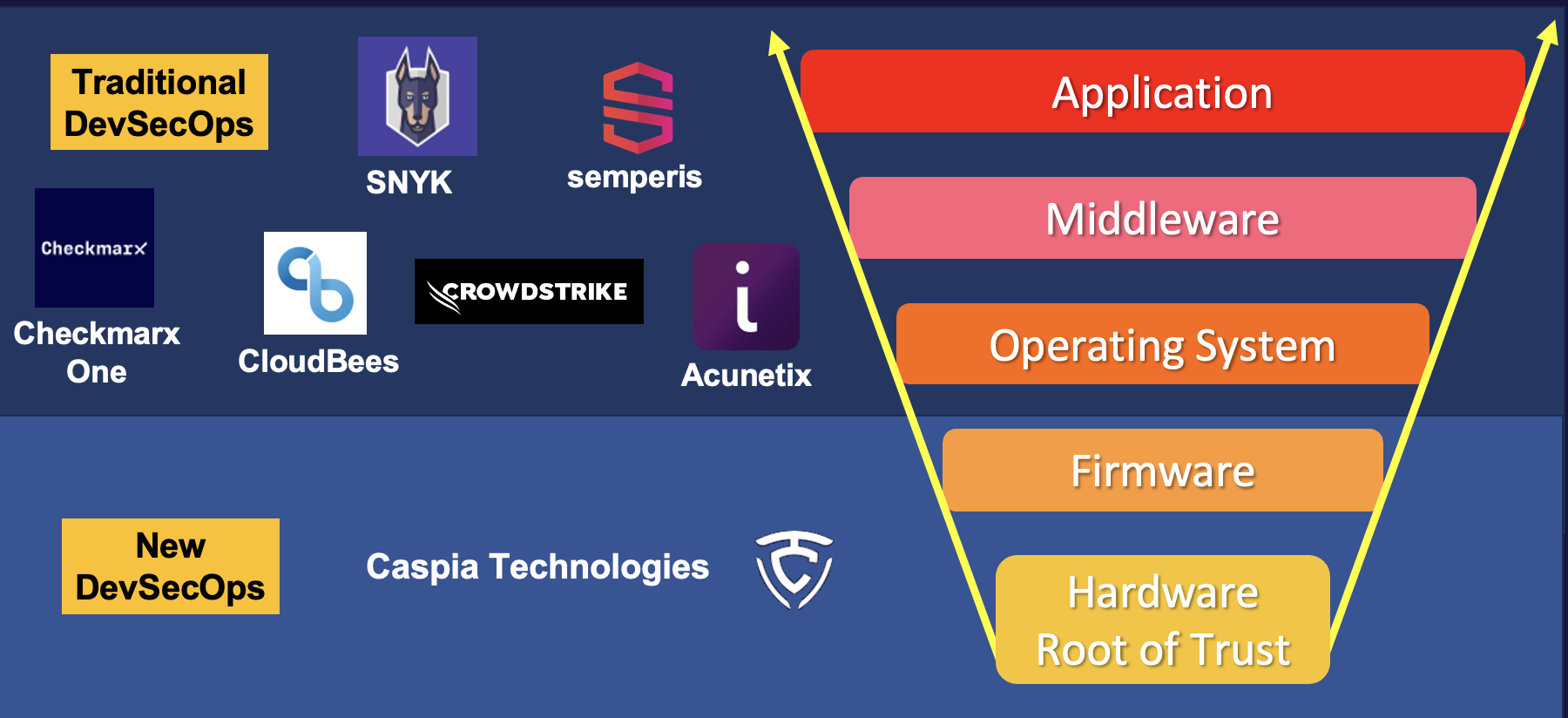 A Six-Minute Journey to Secure Chip Design with CaspiaHardware-level chip security has become an important topic…Read More
A Six-Minute Journey to Secure Chip Design with CaspiaHardware-level chip security has become an important topic…Read MoreClioSoft & DAC : Booth 613 – Collaborative Design, Design Data & IP Management and Design Reuse
It’s time again to gather for the next Design Automation Conference (DAC). This will be the 54[SUP]th[/SUP] such meeting and this year it runs from June 19[SUP]th[/SUP] – 21[SUP]st[/SUP] in the Live Music Capital of the World, Austin Texas. Put on your best duds, boots and cowboy hat and make your way to Texas.
While you are there … Read More
Webinar: Achieving Very High Bandwidth Chip-to-Chip Communication with the Interlaken Interface Protocol
Open Silicon will hold this webinar on June 13th at 8 am PDT (or 5 pm CE) to describe their Interlaken IP core, and how to achieve very high bandwidth C2C communication in various networking applications. To be more specific, the Interlaken protocol can be used to support Packet Processing/NPU, Traffic Management, Switch Fabric,… Read More
Tools for Advanced Packaging Design Follow Moore’s Law, Too!
There is an emerging set of advanced packaging technologies that enables unique product designs, with the capability to integrate multiple die, from potentially heterogeneous technologies. These “system-in-package” (SiP) offerings provide architects with the opportunity to optimize product performance, power, cost,… Read More
An InFormal Chat
Any sufficiently advanced technology is indistinguishable from magic, as the saying goes. Which is all very well when the purpose is entertainment or serving the arcane skills of a select priesthood, but it’s not a good way to grow a market. Then you want to dispel the magic aura, make the basic mechanics more accessible to a wider… Read More
Margin Call
A year ago, I wrote about Ansys’ intro of Big Data methods into the world of power integrity analysis. The motivation behind this advance was introduced in another blog, questioning how far margin-based approaches to complex multi-dimensional analyses could go. An accurate analysis of power integrity in a complex chip should… Read More
Memory drives semiconductor boom in 2017
The semiconductor market was down 0.4% in first quarter 2017 from 4Q 2016 and up 18.1% from a year ago, according to World Semiconductor Trade Statistics (WSTS). The 0.4% decline in 1Q 2017 versus 4Q 2016 is strong compared to an average 4% decline from 4Q to 1Q over the previous five years. The relative strength in 1Q 2017 was driven… Read More
Is ARC HS4xD Family More a CPU or DSP IP Core?
When I had to define the various IP categories (processor, analog & mixed-signal, wired interfaces, etc.) to build the Design IP Report, I scratched my head for a while about the processor main category: how to define the sub-categories? Not that long ago, it was easy to identify a CPU IP core and a DSP IP core. As of today, if a DSP… Read More
AIM Photonics Catching Its Stride as They Move into 2nd Year
AIM Photonics held its 2017 Proposers Meetings on May 24[SUP]th[/SUP] in Rochester, NY. The meetings included a review of AIM’s progress and strategic direction by their TRB (technical review board) and a session targeted at PIC (photonic integrated circuit) design for multi-project wafer (MPW) runs. While these discussions… Read More
TCAD for TFT, LCD and OLED Displays
As I write there are multiple displays in front of me that use TFT, LCD or OLED displays:
- ViewSonic Monitors with 24″ display
- MacBook Pro with 15″ display
- iPad Air
- Samsung Galaxy Note 4
- Nexus 7 tablet
- Garmin Edge 820


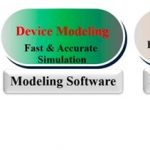




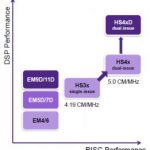
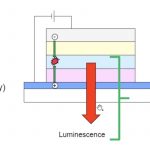
AI RTL Generation versus AI RTL Verification